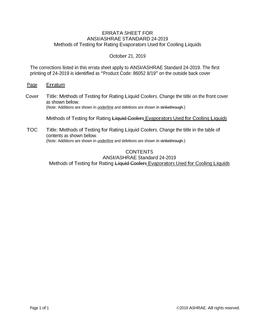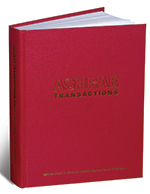Discusses the historical development of residential humidity control and gives the operating characteristics of the current manual humidistat controls used for residences. Data presented show that a microprocessor-based electronic control that uses a capacitive-type relative humidity sensor and a thermistor temperature input is capable of controlling residential indoor relative humidity to a level that will both give comfort and maintain the maximum levels possible without indoor structural damage. On the basis of the five homes examined in this multiyear study, it may be concluded that the humidity added in homes equipped with a temperature-compensated automatic humidistat over a season in Madison, Wisconsin, will be more than double that achieved with a manually reset humidistat. On-site measurements of outside temperature, indoor relative humidity setpoint, and actual indoor relative humidity showed excellent conformance of actual and control setpoints over a wide range of outdoor temperatures.
KEYWORDS: year 1996, domestic, automatic, humidistats, controls, humidity, humidifying, relative humidity, history, properties, manually operated, thermal comfort, comparing, outdoor temperature, monitoring
Citation: Symposium, ASHRAE Trans. 1996, Vol.102, Part 2
Product Details
- Published:
- 1996
- File Size:
- 1 file , 640 KB
- Product Code(s):
- D-16657


